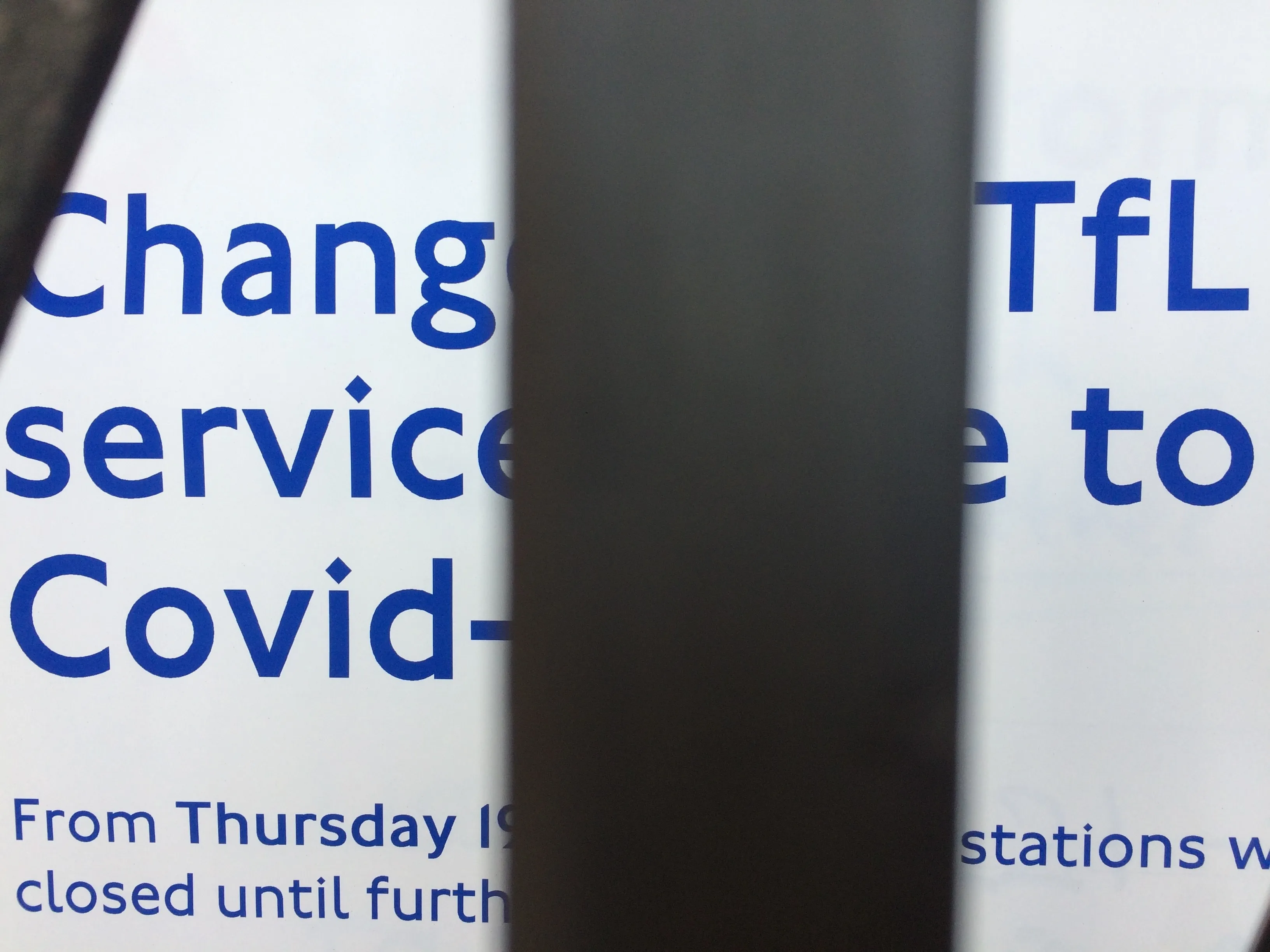
A round table meeting hosted at ITS America’s Annual meeting and expo highlights the growing importance of Intelligent Transport Systems. In a meeting sponsored by IBM, the Departments of Transport (DOTs) of 17 states were seated at the table for the discussions and a further 30 were represented in the room.
In his opening address, IBM’s Gerry Mooney told delegates that between 2013 and 2030, some $23 trillion of capital expenditure would be spent around the world on transportation systems to cope with the expected increased in GDP. However, he acknowledged that in the US (and other countries) DOTs were in a tight spot as they needed to account for an increase in traffic flows but were facing increasingly tight budgetary constraints.
“Increasing transport efficiency is essential and ITS can double or even triple the asset utilisation of the existing infrastructure at a cost far lower than building new roads,” he told the meeting.
The benefits of ITS was vividly illustrated by John Barton, deputy executive director of the Texas DOT. He relayed how the Bluetooth traffic system implemented on the roadworks on Interstate 35 played a vital role in the immediate aftermath of the explosion at the fertiliser factory in West. “The Bluetooth data showed all traffic on the Interstate was stationary. We were able to use the dynamic traffic signals to warn drivers not to join the Interstate which minimised congestion, allowing the emergency vehicles to get the scene as quickly as possible.










